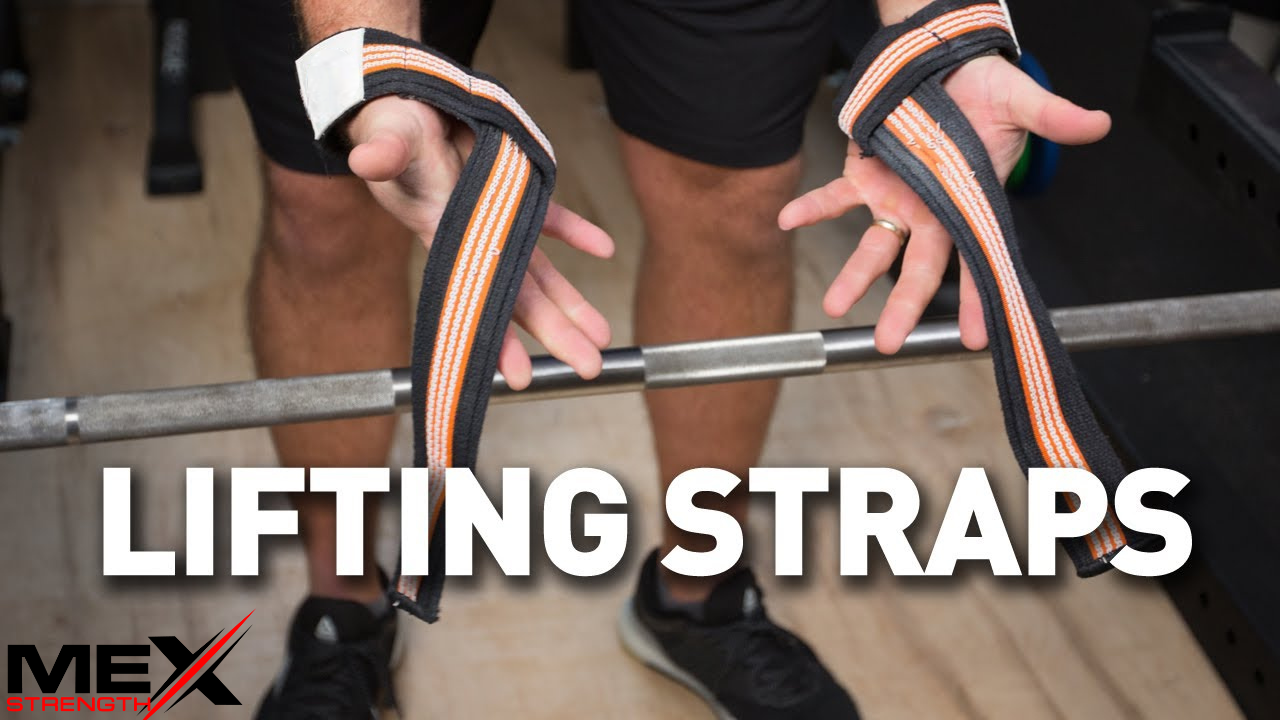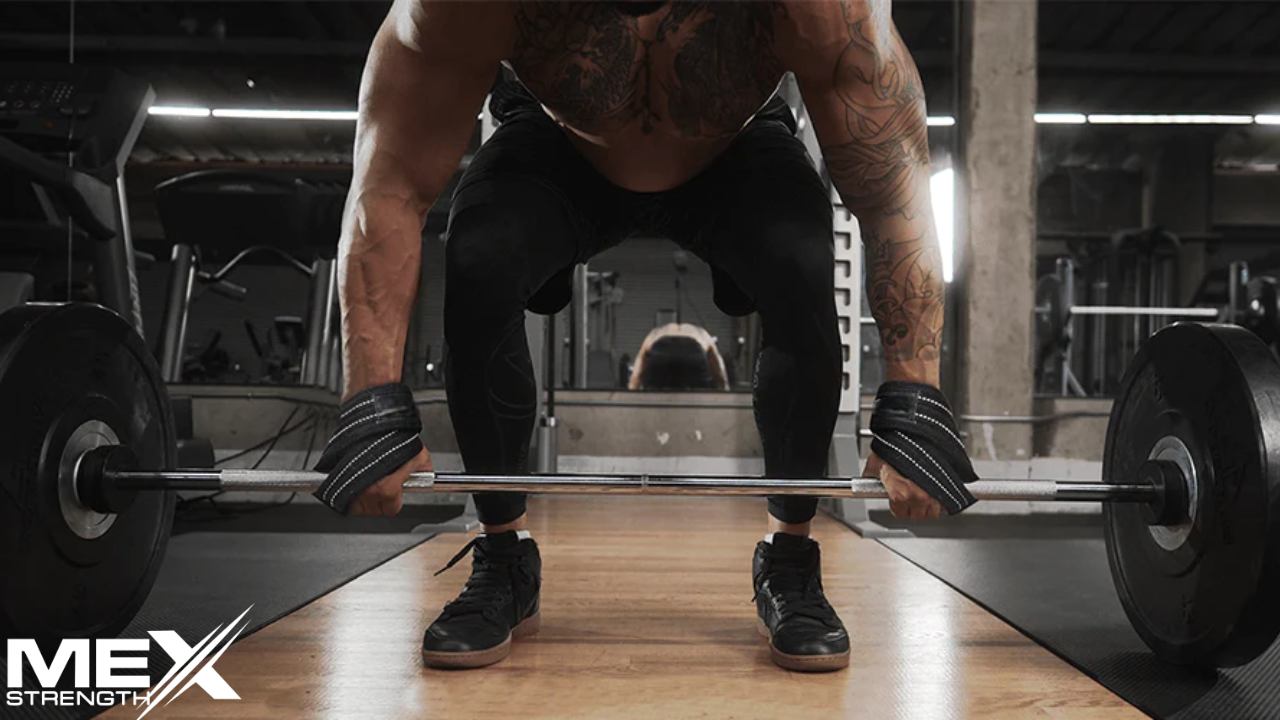FREE SHIPPING ACROSS 🇺🇸
How To Use Lifting Strap?
Adjust the straps to fit your wrists. The Lifting Strap should be tight enough to stay in place during your workout but not so tight that it cuts off blood circulation to your hands.
Lifting Straps
Lifting straps are a useful accessory for weightlifters and bodybuilders who want to improve their grip strength and lift heavier weights during their workouts. Typically made of nylon or cotton, these straps are worn around the wrists to help secure the barbell or dumbbells during exercises such as deadlifts, rows, and pull-ups.
To use lifting straps, first, adjust the straps to fit your wrists comfortably. Next, hold the dumbbells or barbell in your hands with your palms facing up. Then, loop the straps around the bar or dumbbells, making sure the strap comes across your palm, and the end of the strap faces away from your body.

Once you have secured the straps, lift the weight as you normally would. The straps will help to secure the weight to your hands, allowing you to focus on lifting the weight rather than gripping it. By using lifting straps, you can lift heavier weights and perform more reps, leading to improved strength and muscle growth.
Why Should You Use Them?
Using lifting straps can help you lift heavier weights than you would be able to without them, which can lead to faster muscle growth and strength gains. They also help to prevent grip fatigue, allowing you to perform more repetitions and sets without having to stop due to a weak grip.
In addition, lifting straps can help reduce the risk of injury by ensuring that the weight is securely held in your hands and reducing the chances of the weight slipping or falling. This is especially important for exercises like deadlifts and rows, where a slip or drop could result in serious injury.
Overall, lifting straps are a useful tool for experienced lifters looking to push past their current weight limits and for beginners looking to build strength safely and effectively.
Types Of Lifting Straps
There are several types of lifting straps available to choose from. Let’s discuss the most common ones:

Nylon Straps
These straps are made of a durable synthetic material that is resistant to wear and tear. They are adjustable and can be tightened or loosened to fit your wrists.
Cotton Straps
Cotton straps are made of a natural, breathable material that is comfortable to wear. However, they are less durable than nylon straps and may not hold up as well over time.
Leather Straps
Leather straps are made of a durable, natural material that is resistant to wear and tear. They are adjustable and can be tightened or loosened to fit your wrists. They also provide a good grip and have a long lifespan.
Loop Straps
Loop straps, also known as “lifting hooks,” are slightly different from other straps. They are made of nylon and have a loop on one end and a hook on the other end. The hook attaches to the barbell or dumbbell, and the loop goes around the wrist, providing a secure grip.
Figure-8 Straps
Figure-8 straps are similar to loop straps but have a figure-8 shape. The barbell or dumbbell is inserted through the loop, and then the straps are wrapped around the wrists in a figure-8 pattern.

Each type of lifting strap has its benefits, and what works for you may not work for others. Therefore, it’s a good idea to try out different kinds of straps to see which one you find most comfortable and practical.
Benefits Of Lifting Straps
Lifting straps offer several benefits for weightlifters and bodybuilders, including improved grip strength, increased weight lifting capacity, reduced risk of injury, better focus on muscle groups, and increased training volume.
- Improved Grip Strength: Lifting straps can help to secure the weight to your hands, allowing you to focus on lifting the weight rather than gripping it. It will help to improve your grip strength over time.
- Increased Weight Lifting Capacity: By using lifting straps, you can lift heavy without the problem of your grip giving out. It will help to increase your strength and muscle development.
- Reduced Risk Of Injury: By using lifting straps, you can reduce the risk of damage to your hands and wrists. This is because the straps help distribute the weight evenly across your hands rather than putting all the stress on your fingers and wrists.
- Better Focus On Muscle Groups: Lifting straps can help to take the stress off the grip and put it back on the muscle group you’re trying to target, allowing for better technique, form, and progress tracking.
- Increased Training Volume: You can improve your training volume by lifting heavier weights, leading to better muscle growth and strength.

Note: Lifting straps are a helpful tool during workouts, but they should only be used occasionally. Overuse of straps can result in weaker grip strength, which can hinder overall strength and muscle development. Proper technique is crucial, particularly when lifting heavy weights, as improper form can lead to injury, and straps will not prevent that.
Tip: It’s advisable to use lifting straps only when necessary, such as when attempting to lift a weight that your grip alone cannot support.
Summary
Lifting straps can be beneficial for weightlifters and bodybuilders, but it is important to use them correctly and not rely on them too heavily. By properly adjusting and using lifting straps, lifters can improve their grip strength and lift heavier weights, leading to increased muscle growth and strength. However, it is essential to maintain proper form and not overuse lifting straps to prevent injury and maintain overall strength. For more details visit our website.
